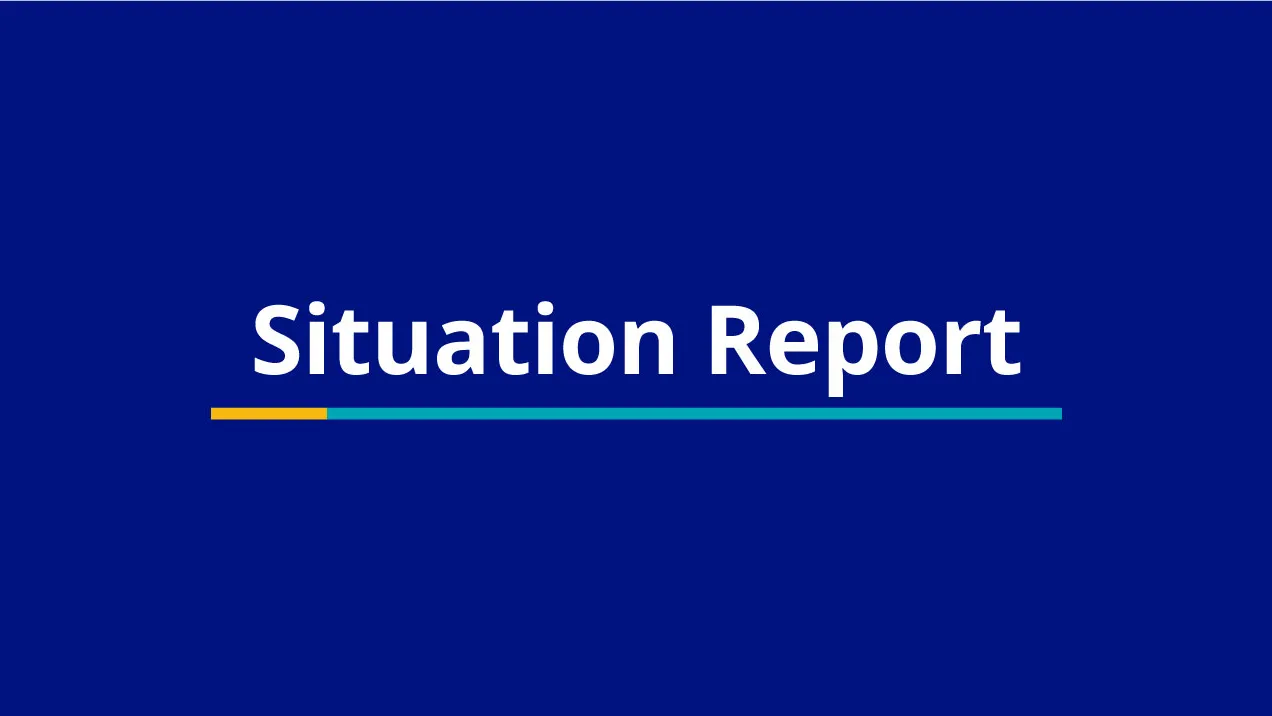Peer-Reviewed Article | High prevalence of zero-dose children
in underserved and special setting populations in Ethiopia using a generalize estimating equation and concentration index analysis

Ethiopia is one of the top ten countries contributing to the global number of zero-dose children, or those receiving no vaccinations. A cross-sectional vaccine coverage survey aimed to estimate the prevalence of zero-dose children and associated factors in underserved populations of Ethiopia. The overall prevalence of zero-dose children in the study settings was 33.7% (95% CI: 34.9%, 75.7%). Developing and pastoralist regions, internally displaced peoples, newly formed regions, and conflict-affected areas had the highest prevalence of zero-dose children. Wealth index (poorest and poorer), single marital status, and maternal age (15–24 years) were identified as key determinant factors of zero-dose children in the study settings. Additional factors included fewer than four antenatal care visits, not receiving Postnatal Care services, unavailability of health facilities within the village, women-headed households, low gender empowerment, and medium gender empowerment. Poor economic status, disempowerment of women, being unmarried, young maternal age, and underutilizing antenatal or post-natal services are the important predictors. Therefore, a targeted, integrated, and context-specific service delivery approach is recommended, as well as extending immunization session hours to meet parents’ needs.
 Loading…
Loading…



